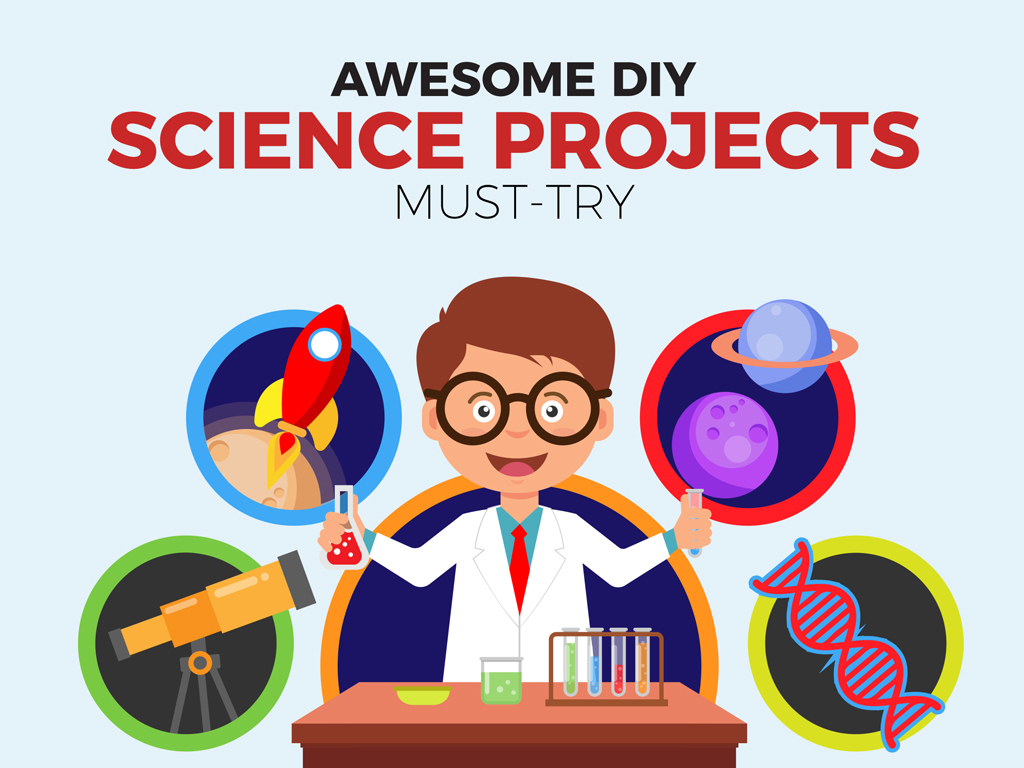Once you make up your mind on being a writer, you need to start treating writing as a full-time occupation and not merely as a hobby. While some of your friends and family may suggest that you are wasting your time and that you should better do something serious, you need to stay strong and don’t let such an opinion get to you. There has never been a good writer who was born one. They always achieve their proficiency and status through hard work and struggle.
Here, we have collected some useful tips from successful writers on how to refine your writing skills to the point where you can be proud to call yourself a writer.
1) Read good authors
You have noticed how sometimes when reading a great writing, you get carried away by how amazingly the words are put together. Sometimes, you can’t even get a phrase out of your head for the next few days, weeks, or even your entire life. You quote it whenever you can and you – consciously or subconsciously – try to talk and write in a similar manner.
In other words, the first step in becoming a good writer is to get yourself constantly exposed to good literature. If you want to write fiction – read good fiction, if you want to become good speech writer – read and analyze powerful speeches, if you want to be a blogger – read popular blogs to see what makes them so successful, etc.
2) Never stop writing
As we have said, no good writer was ever born such. Writing is a skill, and it needs constant training and exercise. This means that you should write every day to refine your skills. You can engage in active correspondence with some friends, you can write for your blog or for others, you can write for a custom writing company that aids students, you can even do some freewriting – just sit down and write whatever comes into your mind without stopping. The key is that you do it regularly.
3) Write down all ideas
A great idea for a story or a blog can strike you at any time. It can come from a conversation that you have or overhear, it can come from something that you see, an ad that you read or a song that you hear, it might just pop up in your head out of nowhere. So, what do you do? You probably think about how great it would be to add this to whatever it is that you are writing right now and that you should remember it. But how often do you actually remember it? Chances are, not too often.
Therefore, it is always better to have it all written down so you can return to it at any time. Moreover, it is known that you remember things better when you write them down as opposed to just hearing and trying to memorize them.
4) Get rid of distractions
When you sit down to writing, it must be the only thing you do. Be aware that resisting distractions also takes a lot of effort, so it is best when they are simply absent. Your writing software must be full screen, and your browsers and messengers should be off.
If you want to have some music background, you should try several kinds of music before you decide which one works for you better. Some people prefer mellow and relaxing music, like ambient. Others work better with something rhythmic and monotonous, like synthpop. Either way, it should not be too loud, so it did not dominate the working atmosphere.
Also, you should put your smartphone somewhere aside. Have you ever tried to count how many times per day you slide-to-unlock for no reason? This is a waste of attention, so it is better to take your smartphone only when you are done writing for today.
5) Revise your writing
Once you have written a piece, it is good to put it away for some time and get back to it in a few days to give it a fresh look. This way, you can see your strong point, as well as the instances which could have been handled better.
Finally, do not to be too hard on yourself. We are all our own fiercest critic, and nobody can be good instantly.
Here are your few tips to keep in mind on your way to becoming a good writer. These are the most general tips. If you read some great author’s biographies (bonus tip!), you will find that they have all had different approaches to writing and different sources of inspiration. So, don’t be afraid to experiment to see what inspires you!





